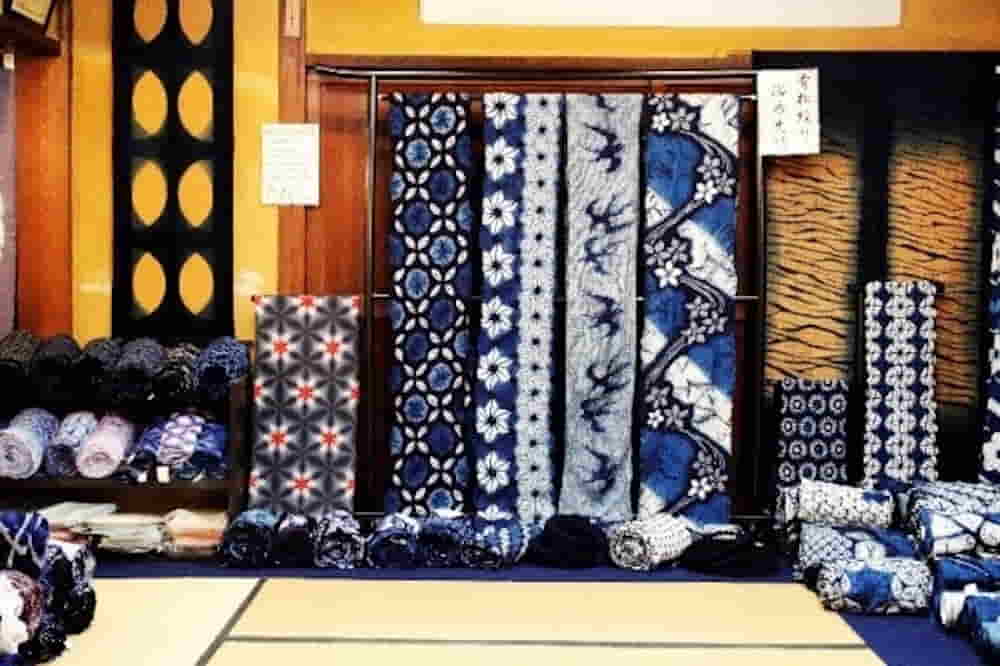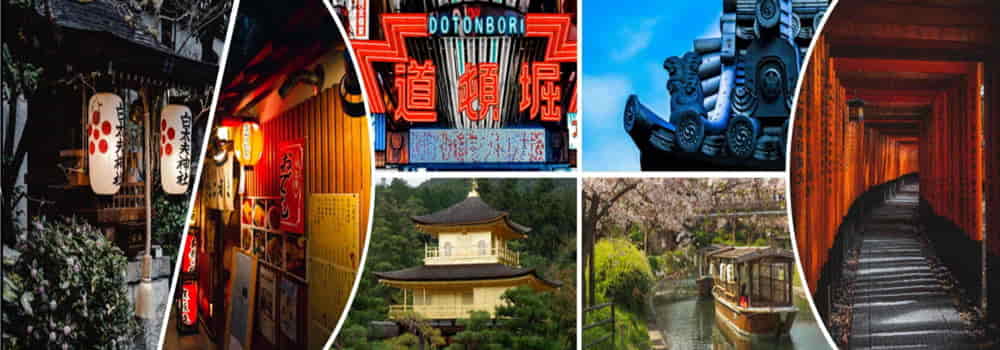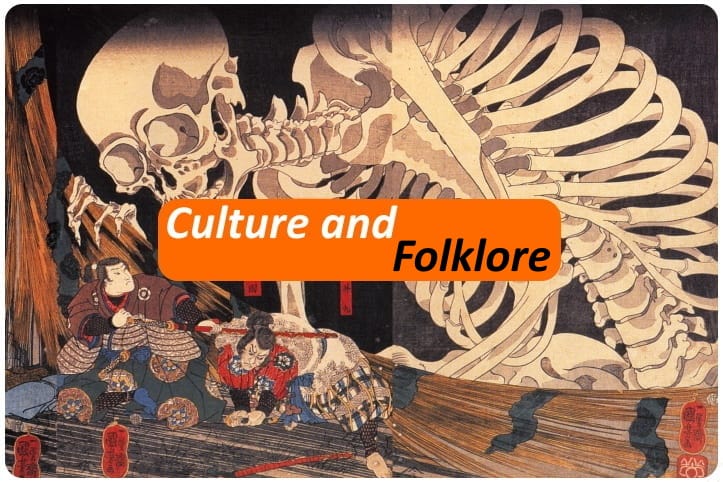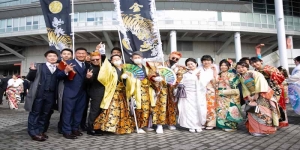The Art of Arimatsu Shibori 有松しぼり: An Ancient Fabric Dyeing Technique

The Arimatsu Shibori 有松しぼり(有松絞) is a fabric dyeing technique that originates in the city of Arimatsu, located about 20 minutes by train from Nagoya station. This technique, which dates back over 400 years, is renowned for its skill and craftsmanship. A tradition from the past that finds multiple applications even today.
A Little of Origins and History
Arimatsu Shibori originates at the beginning of the Edo period (1603-1868). Although this technique was introduced to Japan about 1300 years ago from China, Arimatsu Shibori originated when people from Bungo (now Oita Prefecture) came to help build Nagoya Castle, which was under construction between 1610 and 1614. After seeing the shibori kimonos worn by the people of Bungo, Shokuro Takeda, who had settled in Arimatsu, made a towel using this manufacturing technique made from Mikawa cotton (cotton produced in Aichi Prefecture). This marked the beginning of Arimatsu Narumi Shibori.

Production Techniques and Process
Arimatsu Shibori is known for the contrasting shades created when the fabric is tied and for the distinctive texture of the pattern. Currently, there are more than one hundred types of knot dyeing methods, including nuishibori (stitching and tying before dyeing), kumo shibori (spider web pattern), sekka shibori (floral pattern), Miura shibori ( tie dye invented by the wife of a doctor from Oita), and kanoko shibori (spotted pattern).
The manufacturing process begins with the preparation of the paper model. Once the design has been decided, a paper model linked to this is created which will be the basis of the entire process.
The next step is cutting the fabric following the template with a small sharp knife and a hollow punch. First of all, the fabric is prepared by washing and “steaming” to smooth out the creases so that printing the design on the fabric becomes easier. Next, the design is printed onto the fabric before the binding process.
What's about Arimatsu Shibori Today ?
Today, fabrics made using the Arimatsu-shibori technique are still highly prized and local dyers continue to produce noren curtains, beautiful kimonos, yukata and many other traditional items, passing down their knowledge. The Arimatsu and Narumi areas are now considered the mecca of shibori.

As often happens in Japan, the centuries-old tradition is integrated with the modern one, bringing into the twenty-third century a technique that has always enjoyed great admirers, which, although niche, has allowed these artisans and works to be preserved and see the future, a piece of history and tradition that continues to live today.
Photos Sources:
aminaflyers.amina-co.jp
www.takeda-kahei.co.jp

 English (United Kingdom)
English (United Kingdom)  Italiano (it-IT)
Italiano (it-IT) 






![[Review] Princess Toyotomiプリンセス トヨトミ](https://www.fukainihon.org//cache/mod_jt_contentslider/fdfb524f85518b9476158c79c8ea022f_328.png)


